Last Updated on November 28, 2025
Introduction
Are you tired of dealing with billing issues? You’re not alone! Did you know that 60% of small businesses struggle with invoicing and payment collection? But don’t worry, we’ve got your back. In this blog, we’ll be diving deep into the billing process to help you streamline your payments and put more money in your pocket. So get ready to say goodbye to billing woes and hello to more free time (and cash) on your hands!
Quick Read: What is it Billing, Types, Process, How it Works & Format
What is a billing process?
A billing process is a series of steps that a business or organization follows to create and send invoices to customers or clients for goods or services rendered. It includes generating invoices, tracking payments, and following up on overdue accounts.
In short, the billing process is like a game of chess. You need to have a clear strategy, make calculated moves, and be patient while waiting for the opponent (in this case, the customer) to make a move.
Importance of billing process
The billing process is crucial for any business as it ensures timely payment and helps maintain a healthy cash flow. Without an effective billing process, businesses risk delayed or missed payments, which can result in financial difficulties. By having a well-structured billing process, businesses can also build trust and strengthen their relationships with clients.
What are the key elements of billing process?
- Accurate record-keeping: It is important to maintain accurate records of all transactions, invoices, and payments in order to avoid errors and discrepancies.
- Clear billing terms and policies: Having clear and concise billing terms and policies can help to avoid misunderstandings and disputes with customers.
- Consistent billing schedule: A consistent billing schedule ensures that invoices are sent out regularly and helps to avoid late payments.
- Detailed billing statement: It provide customers with a clear breakdown of charges and help to avoid confusion or disputes over the amount owed.
- Prompt follow-up on overdue payments: Following up promptly on overdue payments can help to improve cash flow and reduce the risk of bad debt.
- Effective customer communication and support: Clear communication and responsive customer support can help to build trust with customers and ensure timely payment.
Quick Read: 9 Best Vendor Payment Management Software
Billing process flow chart
A billing process flow chart is a visual representation of the steps involved in the billing process. It typically includes the key elements such as generating invoices, sending them to customers, receiving payment, and reconciling accounts. The flow chart is a useful tool for organizations to understand and streamline their billing process, ensuring accuracy and efficiency.

What are the steps in the billing process?
The billing process typically involves a series of steps to ensure accurate and timely invoicing. The steps may vary depending on the organization’s specific billing process, but some common steps are:
1. Gathering information
This involves collecting all the necessary details about the products or services provided, pricing, and other billing-related information.
2. Creating an invoice
After gathering the necessary information, the invoice is created, which includes the description of products or services provided, pricing, payment terms, and contact information of both the provider and the customer.
3. Review and approval
Once the invoice is created, it’s reviewed and approved by the authorized personnel to ensure accuracy.
4. Delivery
After approval, the invoice is delivered to the customer via mail or email.
5. Payment
The customer reviews the invoice, and if there are no issues, they make the payment. The payment is then processed, and the transaction is recorded
6. Follow-up
In case of non-payment or delayed payment, a follow-up is necessary to ensure timely payment and prevent any disputes.
7. Record keeping
It’s essential to maintain accurate records of all the invoices, payments received, and follow-up activities. This helps in tracking the cash flow and identifying any discrepancies.
Quick Read: 12 Best Invoicing Software for Your Business
How to improve the billing process?
Here are some the important pointers to improve billing process:
1. Use billing software
A billing software can automate much of the process, reducing errors and saving time.
2. Streamline invoicing
Simplify the invoicing process by using templates and providing clear payment terms.
3. Set up a payment gateway
Provide customers with multiple payment options and make it easy for them to pay their bills online.
4. Communicate effectively
Keep customers informed about their bills and payment status, and provide clear instructions for resolving any issues.
5. Monitor cash flow
Keep a close eye on accounts receivable and follow up with customers who are late on payments.
By implementing these steps, you can improve the efficiency and effectiveness of your billing process, leading to better cash flow and happier customers.
Quick Read: 6 Best Cash Flow Management Software
Best Practices for Streamlining the Billing Process
Here are some best practices for streamlining the billing process:
1. Automate Invoice Generation
Automating invoice generation can save time and reduce errors by automatically creating invoices based on pre-set criteria or customer orders. This can help streamline the billing process and ensure that invoices are accurate and timely.
2. Offer multiple payment options
Offering customers multiple payment options such as credit cards, debit cards, and online payment gateways can increase the chances of timely payment and improve customer satisfaction.
3. Use an online payment portal
An online payment portal can simplify the payment process for customers and businesses, reduce manual errors, and provide a secure and convenient way of making and receiving payments.
4. Set clear payment terms and policies
Setting clear payment terms and policies can help avoid confusion and disputes, improve transparency, and encourage timely payment.
5. Regularly review and improve the billing process
Regularly reviewing and improving the billing process can help identify and address inefficiencies, reduce errors, and improve customer satisfaction.
By implementing these best practices, businesses can streamline their billing process, improve efficiency, and reduce errors and delays.
Quick Read: 11 Best Online Business Payment Solutions
What are the challenges in the billing process?
Here are some common challenges in the billing process:
1. Inaccurate Data Entry
One of the most common challenges in the billing process is inaccurate data entry. Entering incorrect information can lead to billing errors and delays, causing frustration for both the customer and the company. It’s important to have a system in place to double-check data entry and catch any mistakes before sending out invoices. This can help ensure that invoices are accurate and that payments are received on time.
2. Late Payments
Late payments can impact a company’s cash flow and revenue, causing additional follow-up and administrative work. It’s essential to have clear payment terms and policies in place and to follow up promptly on any overdue payments. Offering multiple payment options and using an online payment portal can also help encourage timely payments and make it easier for customers to pay their bills.
3. Disorganized Billing Process
A disorganized billing process can lead to confusion and inefficiencies, increasing the likelihood of errors and customer dissatisfaction. To streamline the billing process, it’s important to have a clear and organized system in place for generating and tracking invoices, as well as for following up on any outstanding payments. Regularly reviewing and improving the billing process can also help identify areas for improvement and reduce the risk of errors and delays.
Conclusion
In conclusion, the billing process is an essential part of any business that involves selling products or services. It ensures that the company gets paid accurately and on time while also providing customers with clear and concise invoices. However, it can be a challenging process to manage, with potential errors and inefficiencies that can impact the company’s reputation and revenue.
By implementing best practices and addressing common challenges, businesses can streamline their billing processes, reduce errors and delays, and improve customer satisfaction. Automating invoice generation, offering multiple payment options, using an online payment portal, setting clear payment terms and policies, and regularly reviewing and improving the billing process are all critical steps towards achieving a successful billing system. By taking these steps, businesses can focus on providing excellent products and services to their customers while also ensuring timely and accurate payments.
FAQs
The process of billing involves creating and sending invoices to customers or clients for goods or services provided. It typically includes gathering all necessary information about the customer and the transaction, generating an invoice with the correct details, and sending it to the customer for payment.
Here are the key points to prepare a billing process:
1. Determine the billing frequency
2. Identify the billing method
3. Establish billing policies and procedures
4. Create invoice templates
5. Collect necessary information for billing
6. Verify accuracy of billing information
7. Send invoices to customers
8. Track and record payments
9. Follow up on overdue payments
10. Analyze billing process and make improvements as needed
The billing and collection process refers to the steps a company takes to bill customers for products or services rendered and to collect payment for those bills. The process typically includes generating invoices, tracking payment due dates, and following up on any outstanding payments. A well-designed billing and collection process is essential for ensuring a steady flow of revenue and maintaining positive relationships with customers.
The components of billing can vary depending on the type of business and the specific needs of the billing process. However, some common components of billing include generating invoices, recording payments, tracking outstanding balances, and following up on late payments. Other components may include issuing credits or refunds, managing disputes or chargebacks, and providing customer support related to billing inquiries.
Optimization of the billing process involves analyzing the current billing process, identifying inefficiencies and bottlenecks, and implementing changes to streamline the process and improve accuracy, efficiency, and customer satisfaction.
This may include automating invoice generation, offering multiple payment options, using an online payment portal, setting clear payment terms and policies, regularly reviewing and improving the billing process, and addressing any challenges that arise.

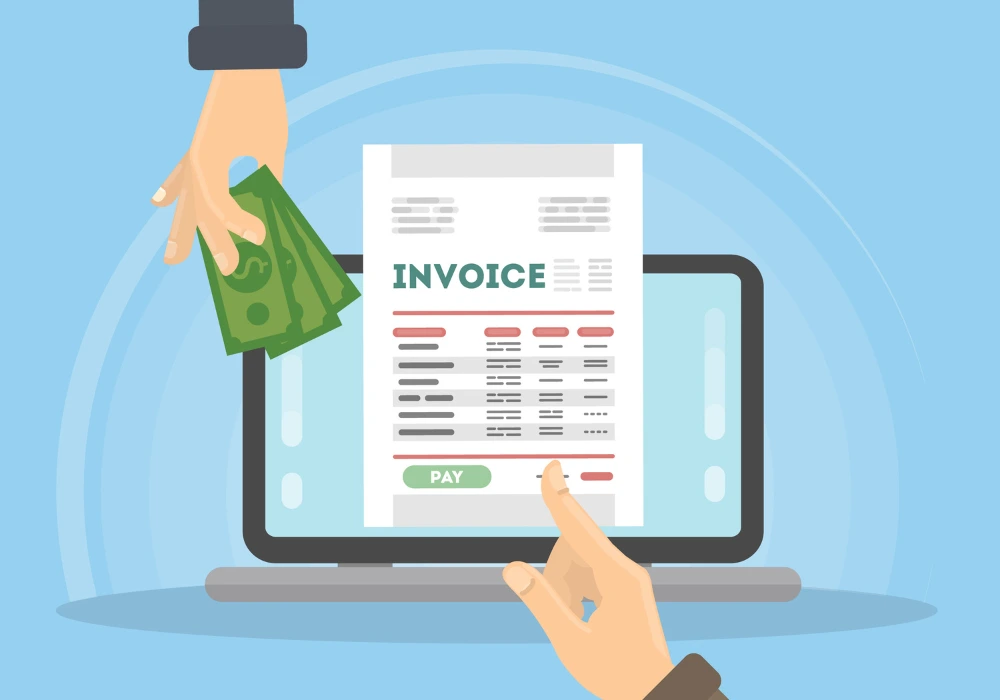
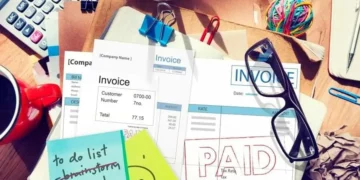
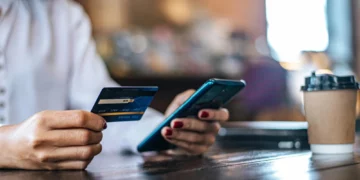

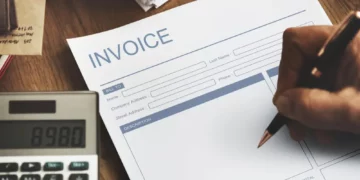
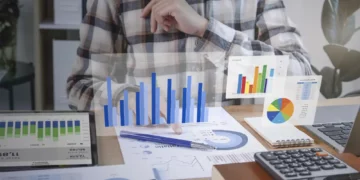



Discussion about this post